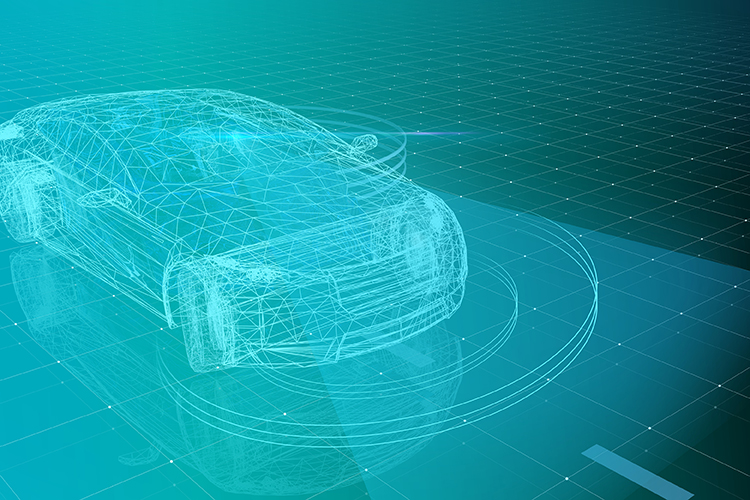What is standardization?
Individualization is a high priority – in future, therefore, products should be tailored more and more to users. But there is also a counterpart to every development, as has been the case for some time: standardization. It paved the way for assembly line work and thus for mass production; this was particularly important for complex and difficult to produce products. After all, standardization is nothing other than the unification of components, manufacturing processes, units of measurement, services and so on. The aim: Costs and production time are to be reduced, quality and safety increased. Standardization also enables easier use – for example, when it comes to television. While TVs were originally only able to play films of a certain television standard, in 1963, the German system PAL unified the television standard. For the health protection of consumers, standardization and regulation also play a major role, for example in the form of standards for food or food supplements and drinking water. For instance, the Drinking Water Ordinance prescribes standardized and regulated limit values and test processes.
Fraunhofer IKS: Standardization meets artificial intelligence
Fraunhofer IKS focuses above all on safety in the field of AI standardization: Thus, the pivotal point of the research in this field is to provide a certain functionality safely, in particular with respect to artificial intelligence. How can the use of artificial intelligence be optimized in such a way that the decisions made by the software are safe? And where is AI regulation necessary?
 Fraunhofer Institute for Cognitive Systems IKS
Fraunhofer Institute for Cognitive Systems IKS

